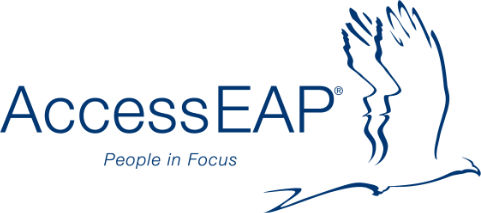The start of a new year is a great opportunity to take a fresh look at the goals you’d like to set for the next 12 months. For businesses this could range from financial growth to improved staff retention, or new service and product offerings. However, with only 8% [1] of people achieving their New Year’s resolutions, how can management and HR professionals hope to inspire entire teams to find year-long success?
The answer lies in effective goal setting says our Clinical Director, Marcela Slepica “It’s easy to get swept up in the excitement of setting a new goal, without thinking about the big picture. While having a common goal is great for team morale and motivating employees, the goals you set need to be realistic and in line with your organisation’s vision and values.”
Here Marcela gives more details on some of the tips we use to help organisations reach their goals.
S.M.A.R.T Goals
Organisational goals are like personal goals in that they provide structure to help us move in the direction we want to take. Within organisations, it can be easy to come up with ‘big picture’ ideas or strategic direction, however setting goals can be more challenging. The S.M.A.R.T. model is a great way of keeping your goals on track and giving them the best possible chance of success.


